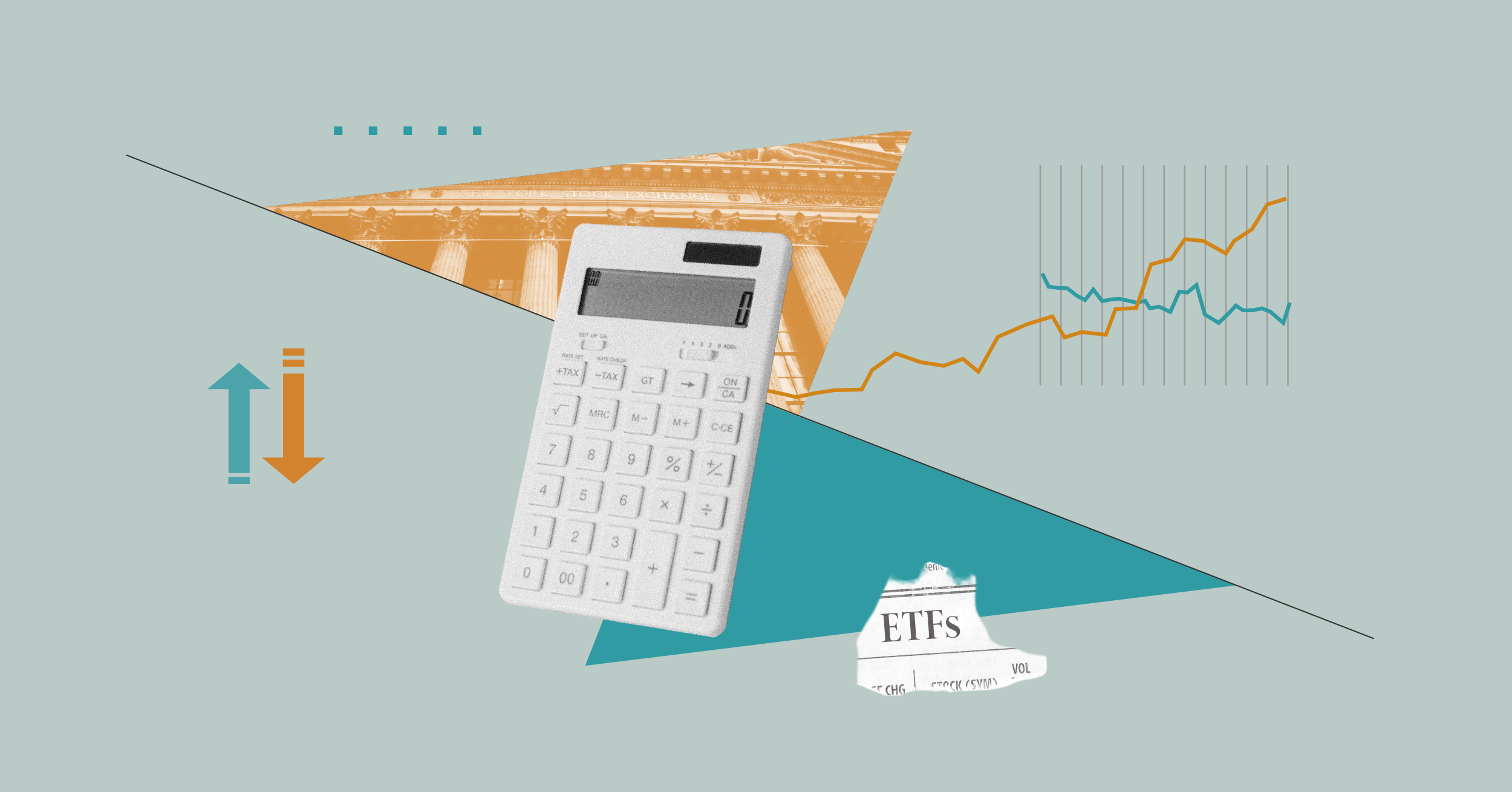Fair Value Estimate: 640p ¦ Uncertainty Rating: Medium ¦ Economic Moat: Narrow
Thesis (Last updated 29/09/10)
With its $11.8 billion purchase of New York-based Keyspan in August 2007, National Grid became one of the world's 15 largest utilities by revenue and reaffirmed its ability to woo regulators on both sides of the Atlantic. Despite heavy regulation that can constrain profits, National Grid continues to create shareholder value. We think yield-hungry investors could appreciate its current dividend yield and growth combination.
National Grid holds an enviable position between energy suppliers and consumers in the United Kingdom and the Northeastern United States. Its dominant position in the UK resulted from the government's unbundling of energy generation, transmission, and distribution assets in the 1980s. It now owns or operates nearly every power wire and natural gas pipe in England and Wales and serves 11 million customers through England's largest natural gas distribution network. In 2000, National Grid entered the Northeastern US and now gets about half of its revenue and 40% of its profits from the region. With regulatory returns stronger in the UK than its US regions, we expect revenues and profits to tip more heavily toward the UK in coming years.
National Grid operates in 20 different regulatory regimes, which diversifies regulatory risk but requires substantial negotiating effort. The UK's five-year rate cycles remain the key earnings drivers. Transmission rates, which expire in 2013 after a recent one-year extension to the current regime, allow National Grid to earn a real return of 4.4% per year after tax on its assets. Gas distribution regulation, which expires in 2013, allows a 4.3% real return after tax on its assets. Because gas rates were negotiated during late 2007 when interest rates were falling, they are lower than those for transmission. National Grid has matched or hedged most of its debt based on its regulated allowed returns, so earnings are mostly protected from interest-rate volatility and inflation in the UK.
In the US, federal regulators set transmission rates and state regulators set distribution rates. All rates are based on nominal allowed returns on equity, which currently average about 11% across the company's US operations. In addition, National Grid has been able to negotiate rate mechanisms that allow shareholders to benefit from cost efficiencies and avoid commodity cost exposure. A series of US rate appeals in 2009 and 2010--with mixed results so far--could determine returns it earns in the states for the next two to three years.
National Grid's networks should become more valuable as the UK and Northeastern US experience tighter supply-demand balances for gas and electricity. Recent regulatory rulings on both sides of the Atlantic include investment mandates that support its plans to spend £22 billion through 2015. If the company can meet this investment goal and avoid punitive regulation, we expect it will continue rewarding shareholders with dividend growth and capital appreciation.
Valuation
We are raising our fair value estimate to 640p from 630p after lowering our cost of capital 10 basis points and making a slight reduction in our three-year growth rate for the US businesses given challenging regulatory conditions. We previously reduced our fair value estimate 70p per share to account for the dilution we assumed from the two-for-five rights issue at 335p in June 2010. We assume National Grid earns returns on equity in the 10%-11% range on the new capital spending, short of the 15%-16% returns on equity we calculate the company would have to earn to make the rights issue value-neutral.
We revised our five-year operating profit growth forecast to 12% from 13% mostly due to less favourable regulatory outcomes we project in the Northeast US. Our forecast incorporates the first four years of a £22 billion investment programme. We assume most of the returns from those investments produce peak cash flow one to two years after the investments are made, stretching returns from that investment programme well past our five-year forecast period. We assume a long-term currency exchange rate of $1.60 per £1 starting in 2013. In our discounted cash flow valuation, we use a 7.8% cost of capital based on a 10.5% cost of equity and current credit spreads.
Risk
Regulatory risk is the primary factor in our medium fair value uncertainty rating. Regulators seek to keep customer bills low, while the company tries to increase profits. Investor returns depend on the rates regulators set. In the UK, regulators prefer incentive-based rates that require certain investments and efficiency standards. US regulators could punish the company if costs--and, thus, rates--rise too fast.
Management & Stewardship
We think National Grid earns high marks for its stewardship. It separates its CEO and chairman roles, requires annual board meetings without management, offers generous employee stock-ownership plans while limiting dilution, keeps fixed executive compensation to less than half of average total compensation, and dutifully returns cash to stockholders through dividends and share buybacks. CEO Steve Holliday, who took over for retired industry veteran Roger Urwin in January 2007, has been with the company since 2001. He proved his negotiating mettle by pushing through the Keyspan acquisition. He now must prove his operational adeptness after several years of acquisition growth. Holliday earned about £2.3 million in total compensation during the year ended March 2010, which was in line with comparably sized companies and roughly the same as he earned in the fiscal year ended March 2009.
Overview
Financial Health: Accounting standards can mask the strength of National Grid's balance sheet and credit profile, which we think is one of the best in the utility sector. Since UK utility regulation allows National Grid to adjust its capital base annually at RPI (and an additional 2% for transmission assets), we calculate its historical-cost accounting-based equity position is understated by about £5 billion. Adding back this equity adjustment lowers economic leverage to 66% of total capital, not the 86% reflected on its 2010 fiscal year-end balance sheet. Interest coverage also is much stronger after adjusting for £1.2 billion of pension-related (noncash) cost included in accounting-based interest expense. We calculate economic EBITDA/interest coverage at 4.5 times and cash flow/interest coverage at 3.0 times for fiscal 2011. These both support a strong investment-grade credit profile, and we do not see that changing unless UK regulators cut allowed returns significantly in 2013.
Profile: National Grid is an international utility that provides electricity and gas transmission and distribution in the UK and Northeastern US. Its primary role is to match electricity supply and demand needs across its network and distribute electricity and natural gas to 11 million customers in England and 7.6 million customers in the US. It also operates in power generation, communications infrastructure, metering services, and liquefied natural gas storage.
Bulls Say
1. Aging electricity and natural gas transmission networks in the US and UK will require large capital investments, which drive earnings growth.
2. The regulatory environments in most of National Grid's service areas have favorable terms that allow shareholders to participate in upside performance.
3. Management so far has made good on its promise of 8% annual dividend growth through 2012, suggesting an annual dividend for FY 2011 at 36.38p per share.
4. Electricity and gas distribution rates in the UK are set to increase at the inflation rate plus more than 5% annually through 2010, primarily to fund large infrastructure investments.
Bears Say
1. Falling interest rates could lead UK regulators to cut allowed utility distribution returns even further.
2. Despite favourable dividend growth, rising bond yields would make National Grid a less appealing investment choice for income-oriented investors.
3. Pushing rate increases and higher allowed returns through regulators in the Northeast US is more difficult with the struggling economy.
4. Tighter credit markets could restrict access to capital the company might need to fund its capital investments.
Morningstar Institutional Equity Research Services
Independent. Actionable. Rigorous.
Insightful investment ideas.
With nearly 100 equity and credit analysts, Morningstar is one of the largest independent sources for equity and credit research in the world. Our analysts evaluate companies using a proprietary methodology built on fundamental analysis that scrutinises a company’s sustainable competitive advantages. The strong performance of our ratings speaks for itself: The Morningstar® Wide Moat Focus Index has returned an annualised 14.94% since its inception in September 2002. This index tracks 20 stocks with a Wide Economic Moat™ Rating trading at the most significant discounts to our Fair Value Estimates.

























